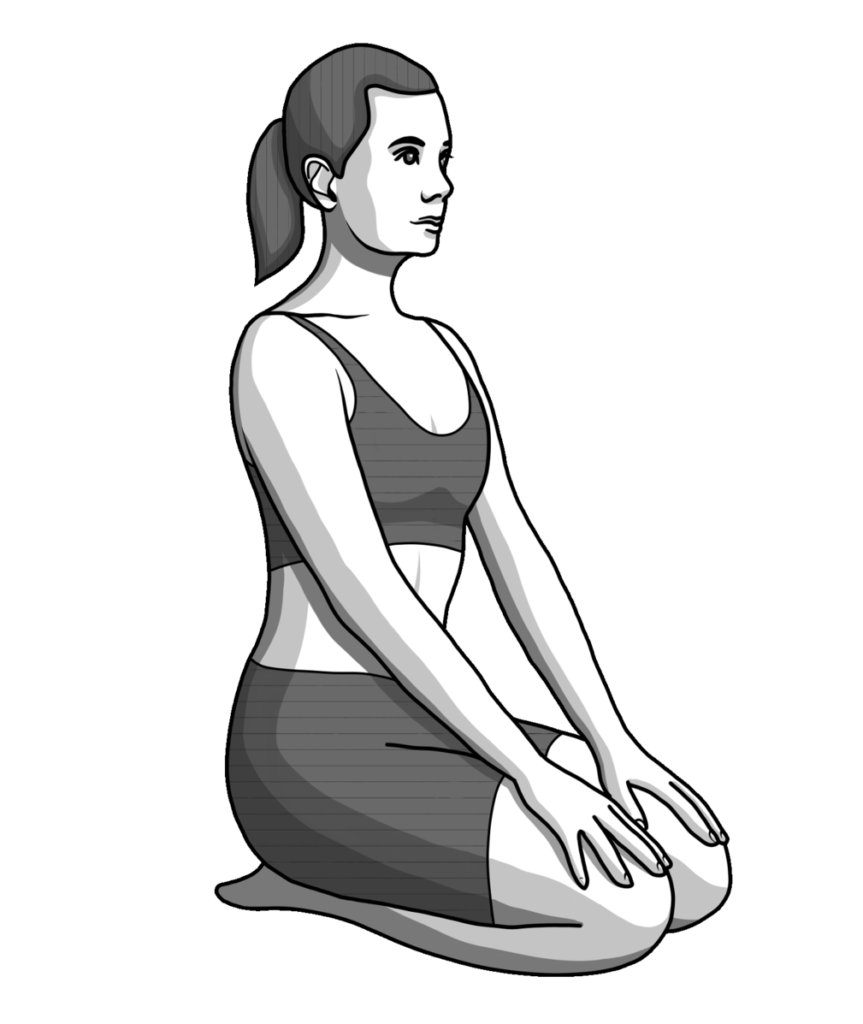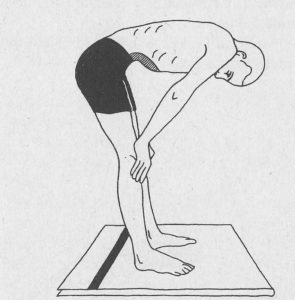Agnisar kriya also known as vahnisar dhauti is part of one of the shatkarma practices called Dhauti. For the complete list and in-depth definition of Shatkarmas in Yoga check this article.
There are a total of six Shatkarmas or purifying practices in Hatha Yoga that are important for cleansing the body before higher meditative practices can be done. These practices are also important to balance the dosha and cure many ailments.
Agnisar kriya is one such practice that can be used to boost the digestive fire and cure digestive ailments.
Definition
Dhauti is a series of cleansing techniques. They are essentially divided into three types:
- Antar dhauti or Internal Cleansing
- Sirsha dhauti or head cleansing
- Hrid dhauti or thoracic cleansing
Antar dhauti or Internal cleansing is basically a set of techniques that work on cleaning or purifying the body from the alimentary canal of the mouth all the way through to the anus [1].
Agnisar Kriya belongs to Internal cleansing.
Agni means ‘fire’ and sar mean ‘essence’ and kriya means ‘action.’ Thus, agnisar kriya means cleansing with the essence of fire. It also means activating the digestive fire.
Important Note: Most of the dhautis require expert guidance. Though, Agnisar dhauti is basic and can be performed alone but with proper instructions.
Warm Up before Agnisar Kriya
Before beginning Agnisara kriya it is preferred that Swana Pranayama be performed. One can also directly jump into Agni Sara Kriya, but it is good advice to warm up first.

Photo by Oleksandr
Swana Pranayama
Technique
- First, sit in vajrasana (Fig. 1) or you can stand and bend your knees a little (Fig. 2). There should be a shoulder width gap between your knees when standing.
- Place your hands on the knees and grip the area above your kneecaps and then close your eyes.
- Relax your whole body for a minute, especially your abdomen region.
- Straighten your arms and elbows and lean forward slightly while keeping your head erect.
- Open your mouth wide and extend your tongue out.
- Now, breath in a panting manner through your mouth while your tongue is extended.
- While breathing out through your mouth, contract your abdomen and while breathing in, expand your abdomen. Synchronize your breathing with the movement of your abdomen.
- Breath in – stomach out; breath out – stomach in.
Precautions
- Do not strain or exert excessive force
- Your chest should remain still throughout the kriya
- Do this exercise (expansion contraction) 10 to 20 times
- Relax and breathe normally after the exercise
Now comes the main Kriya.

Agnisar Kriya Technique
- The first step of this exercise is same as the previous one. Sit in vajrasana or while standing bend your knees a little (Fig. 2). There should a shoulder width gap between your knees when standing.
- Take a deep breath and the exhale (through the mouth) emptying your lungs.
- Place your hands on the knees and grip the area above your kneecaps.
- Straighten your arms and elbows and lean forward slightly while keeping your head erect.
- With the air expelled from your lungs, contract and expand the abdominal muscles rapidly. Do it for as long as it is possible for you to hold your breath outside.
- Release the posture and raise your head and start breathing normally. First take a slow and deep breath to relax.
- Rest until the breathing becomes normal again before starting the next round.
Duration
Do this exercise (expansion contraction) 10 times as a beginner. This will constitute one round. Do 3 such rounds in the beginning. As you gain experience you can gradually increase the number of rounds or the repetition in each round.
Ideally, this kriya should be performed on an empty stomach, before breakfast and after the bowels have been emptied.
Agnisar Kriya Precautions
- Do not strain or exert excessive force during the practice.
- In summer this kriya should be done carefully and for a minimum time since it increases body heat and blood pressure. It is advised to follow this kriya with a cooling pranayama like sheetali pranayama.
Benefits
- It helps in stimulating appetite and relieving digestive ailments like indigestion, hyperacidity, flatulence and constipation.
- It is good for massaging and optimizing the functions of live and kidney.
- It helps in stimulating the samana prana. This leads to increase in energy levels and mood [1].
- It helps in removing sluggishness and lethargy.
- It increases the assimilation of nutrients from food ingested.
- Since it increases the digestive fire; it can speed up the digestive process and help in boosting metabolism and fat loss.
Warnings
- People having high blood pressure, heart diseases, peptic ulcers, overactive thyroid gland or chronic diarrhea should completely avoid this kriya.
- Pregnant women should avoid this kriya.
- If you have any other health issues, it is always advised that you take your medical doctors advise before starting any exercise.
- As with any yoga practice, start with the lowest duration of time and very gradually increase the duration of a practice.
References
- Book: Asana Pranayama Mudra Bandha by Swami Satyananda Saraswati
- Book: Anatomy of Hatha Yoga A Manual for Students, Teachers, and Practitioners by David H. Coulter
- Book: Hatha Yoga Pradipika: Light On Hatha Yoga, commentary by Swami Mukti Bodhananda
- Book: Hatha Yoga – The report of a personal experience, by Theos Bernard

1 thought on “Agnisar Kriya – Digestive Fire & Fat Loss, Benefits, Precautions”